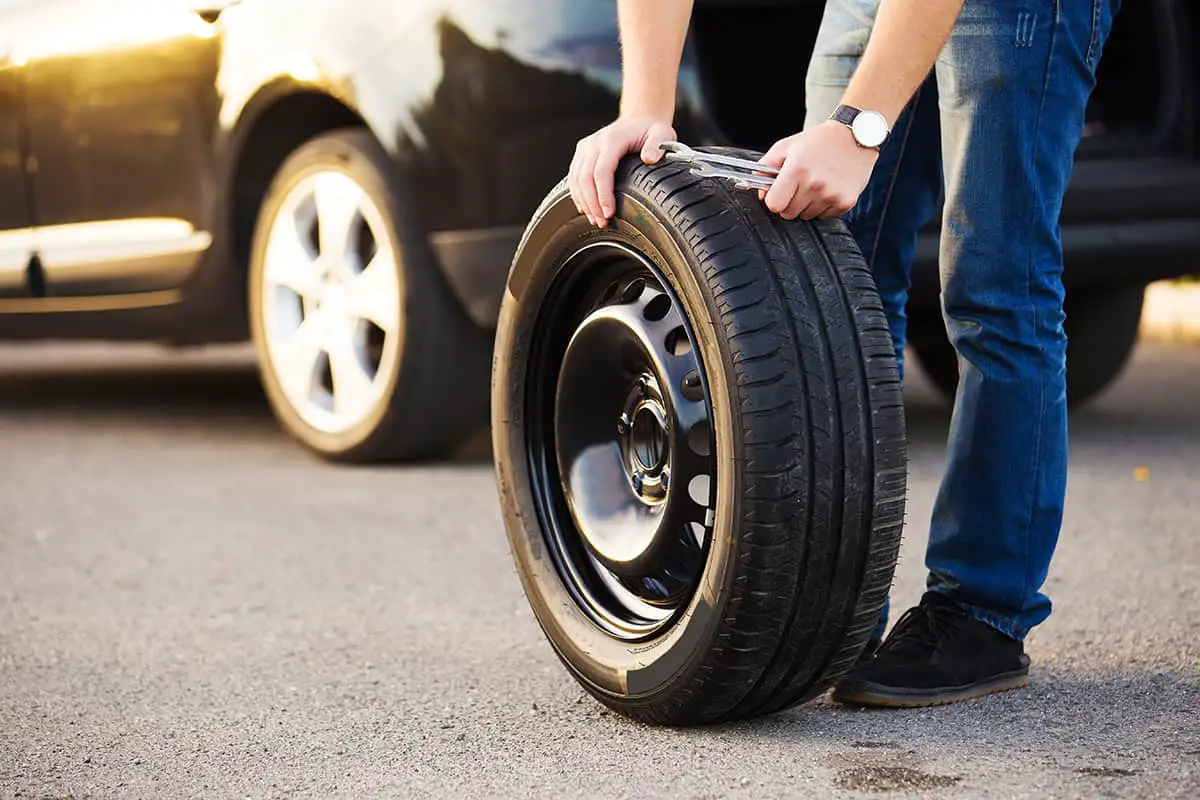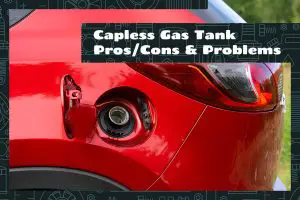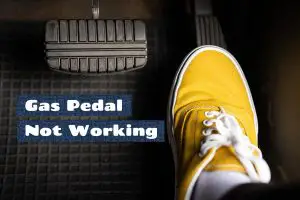Picture this: you’re cruising down the road, jamming to your favorite tunes when suddenly – bam! – you’ve got a flat tire. But don’t worry, you’ve got a spare! Now, the question is, are you confident that your spare tire is in tip-top shape and ready to roll? If it wasn’t inflated to the proper levels, your spare could be a little unprepared for wear.
For a full-size spare, the pressure should match your regular tires’ recommendation, found on the driver’s side door jamb or in your owner’s manual. The recommended pressure is usually higher due to air loss while in storage for a compact or temporary spare (a.k.a. “donut”).
In this post, we’ll dive into the importance of maintaining the correct air pressure in your spare tire and provide some helpful tips to ensure you’re ready when that unexpected flat happens.
Why Is Proper Air Pressure Important?
Before we get into the specifics, let’s talk about why maintaining the correct air pressure in your spare tire is essential.
Safety
The primary reason to keep your spare tire inflated to the correct pressure is for your safety. A properly inflated spare tire will provide better handling, stability, and braking, ensuring you can safely reach your destination or a repair shop.
Tire longevity
Spare tires are designed for temporary use, but that doesn’t mean you should neglect them. An underinflated or overinflated spare tire can wear unevenly or cause damage to the tire, making it unsafe or unusable when you need it most.
Types of Spare Tires
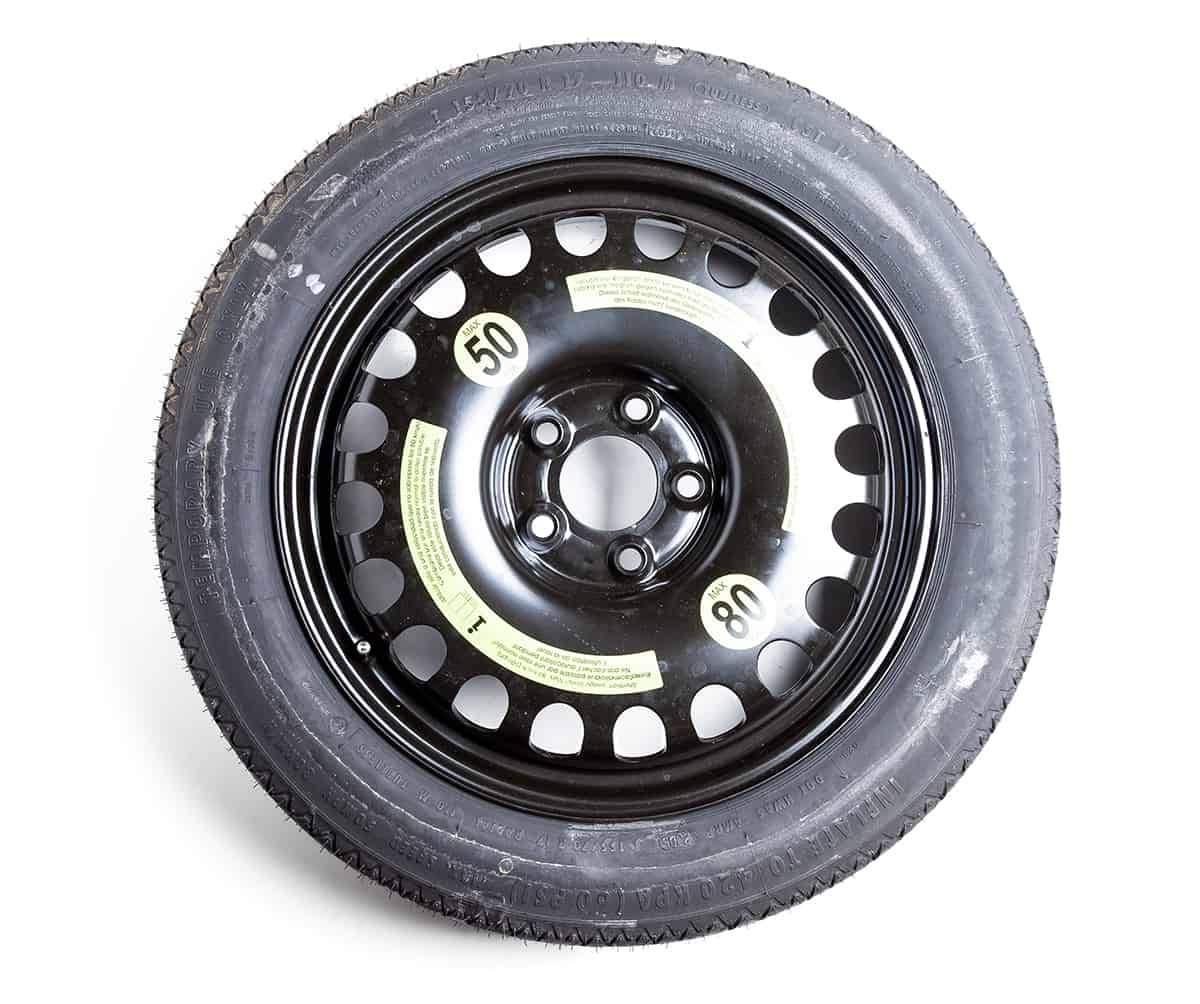
Not all spare tires are created equal! You might find a few different types of spares in your vehicle, each with its own recommended air pressure.
Full-sized spare
A full-size spare tire is essentially a regular tire that’s identical to the ones currently on your vehicle. The air pressure for a full-size spare should match the pressure recommended for your other tires, which can be found on the driver’s side door jamb or in your owner’s manual.
Compact/temporary spare
A compact or temporary spare tire, often called a “donut,” is smaller and lighter than a full-size spare. These tires are designed for short-term, low-speed use and typically require higher air pressure than a full-size spare. The recommended air pressure for a donut spare can be found on the tire’s sidewall or in your owner’s manual.
Folding spare
A folding spare tire is a compact spare that’s designed to save even more space in your trunk. These tires need to be inflated before use and typically require an air pressure of around 60 psi, but it’s always best to check the specific recommendations for your tire, which can be found in your owner’s manual or on the tire itself.
How to Check and Maintain Spare Tire Pressure
Now that you know the importance of proper air pressure and the different spare tire types, let’s talk about how to check and maintain your spare tire’s pressure.
Checking the pressure
It’s a good idea to check your spare tire’s air pressure at least once a month, or whenever you check the pressure in your regular tires. To do this, you’ll need a tire pressure gauge. Remove the valve cap from the spare tire, press the gauge onto the valve stem, and read the pressure on the gauge. Compare this reading to the recommended pressure for your spare tire.
Adjusting the pressure
If you find that your spare tire needs more or less air, use an air compressor or a gas station air pump to adjust the pressure accordingly. Be sure not to overinflate or underinflate the tire, as this can cause damage and compromise your safety.
What Causes Spare Tires to Deflate in Storage?
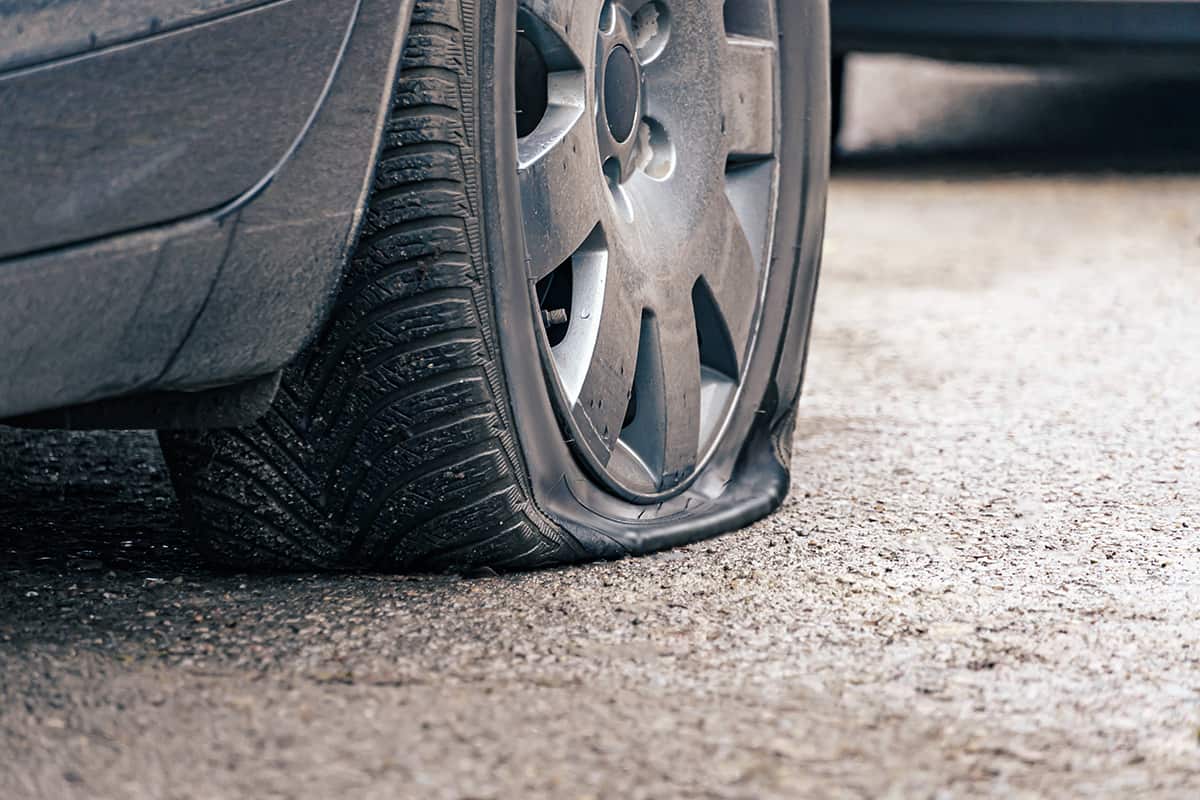
It might be surprising to learn that spare tires can deflate even when they’re just sitting in storage. Let’s take a look at a few reasons why this happens:
1. Natural air leakage
Believe it or not, tires are naturally porous, meaning they’ll slowly lose air over time. Rubber, the primary material in tires, isn’t completely airtight, so air molecules can escape through microscopic openings. This is completely normal and happens to all tires, including your spare.
2. Temperature fluctuations
Changes in temperature can affect your spare tire’s air pressure. When it’s cold, air contracts and the pressure inside your tire decreases, while warm temperatures can cause the air to expand and increase the pressure. This can lead to gradual deflation if the tire isn’t regularly checked and maintained.
3. Valve stem issues
The valve stem is the small tube on your tire that you use to inflate or deflate it. If the valve stem is damaged, cracked, or has a faulty seal, air can leak out and cause your spare tire to deflate.
4. Punctures or damage
Even when stored, tires can suffer from punctures or other damage that leads to air loss. Make sure to check your spare tire for any signs of damage, such as cracks or cuts in the rubber, before using it.
FAQs
1. How often should I check my spare tire pressure?
Aim to check your spare tire pressure at least once a month or whenever you check the pressure of your regular tires. Regular checks will help you identify any issues with your spare tire before you need to use it.
2. Can I drive on a spare tire indefinitely?
No, spare tires are designed for temporary use only. Compact or temporary spares, like donuts, are meant for short distances and low speeds, usually under 50 miles and no faster than 50 mph. Full-size spares can be used for a bit longer, but it’s still best to replace the damaged tire with a new, permanent tire as soon as possible.
3. How long does a spare tire last in storage?
Spare tires, like regular tires, degrade over time, even if they’re not being used. It’s generally recommended to replace a spare tire every 6 to 10 years, regardless of its condition. Check the manufacture date on the tire’s sidewall to determine its age and replace it as needed.
4. Can I use fix-a-flat on a spare tire?
It’s best to avoid using fix-a-flat or similar tire sealant products on your spare tire. These products can cause damage to the tire and may not provide a reliable, long-term solution for maintaining the proper air pressure. Instead, focus on keeping your spare tire properly inflated and in good condition.
